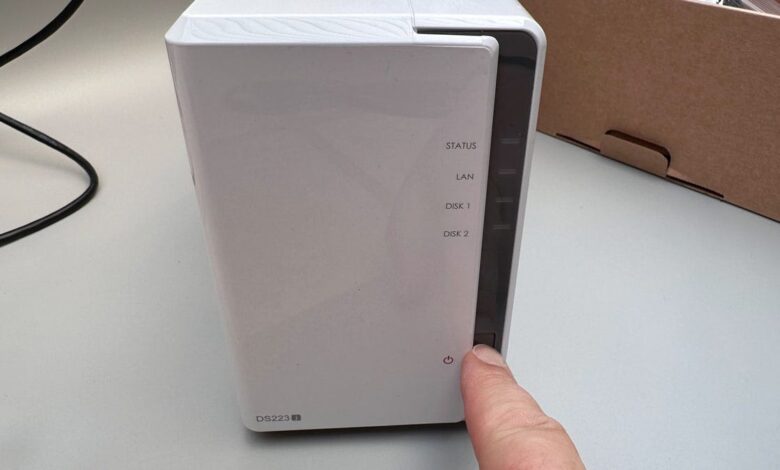The best NAS devices of 2025: Expert tested

The main difference between network attached storage (NAS) and direct attached storage (DAS) lies in how they are connected and accessed by devices on the network.
NAS devices connect to a network, typically via Ethernet, providing storage that can be accessed by multiple devices on that network. This setup allows multiple users and devices to access and share data simultaneously over the network, making the NAS ideal for collaborative environments. NAS units often come with their own operating systems and can support a variety of applications, including file sharing, media streaming, and even server functions like web hosting. These devices are managed through a web-based interface, allowing remote administration and configuration. Additionally, NAS solutions are often more scalable, allowing for easy expansion by adding more drives or connecting additional NAS units to the network.
In contrast, DAS devices connect directly to a computer via USB, Thunderbolt, or other direct interface, making them accessible only to that specific computer. DAS systems are typically single-user devices, meaning that only the connected computer can access the stored data. In order for other devices to access this data, it must be shared through the computer to which the DAS is connected. DAS units are simpler and typically do not come with their own operating system or support for additional applications beyond basic storage. These devices are managed directly through the connected computer’s operating system, without the need for a web-based interface. Because they connect directly to the computer, DAS devices can provide faster data transfer speeds than NAS, based on network speed.
The choice between NAS and DAS depends on specific requirements for accessibility, scalability, and performance. NAS is best suited for environments where multiple devices need to access and share data, such as homes with multiple users, small businesses, or professional installations requiring collaborative access to large files. On the other hand, DAS is ideal for single-user scenarios where fast data transfer speeds are important, such as video editing, graphic design, or personal data storage needs.




